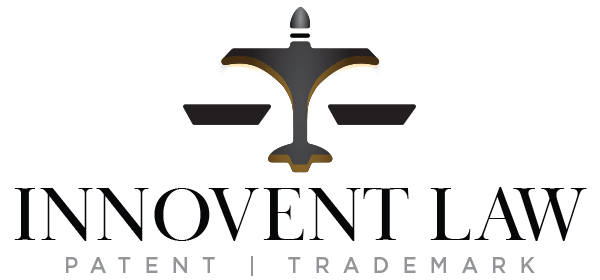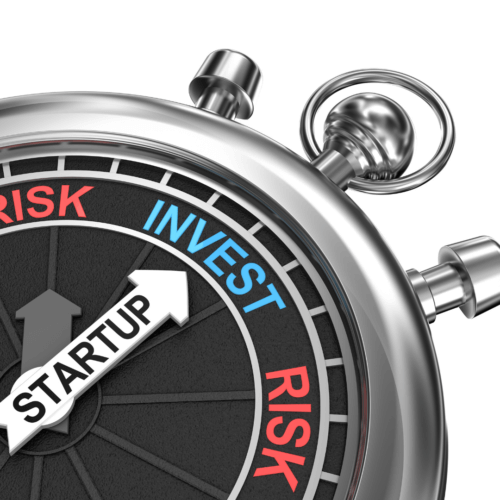In an era where technological advancement is growing fast, understanding the intricacies of the patenting process —including its costs—is essential for CEOs, inventors, and innovators operating within the high-tech, electrical, digital products, and software industries.
As a registered patent attorney at Innovent Law with over five years of experience, I’m here to guide you through the financial landscape of securing a patent in the United States.
This blog aims to provide a detailed insight into each step of the patenting process and its associated costs, tailored specifically for small businesses, startups, venture capitals, and companies with a focus on innovation.
By Hsiang Cheng, Registered Patent Attorney at Innovent Law
How Much Does It Cost to Get a Patent?
The journey to patent protection is multifaceted and involves various stages each with its own set of costs. Understanding these expenses is essential for effective budget planning and strategic decision-making.
The Initial Steps: Patent Application Costs
The journey to patent protection begins with filing a patent application. Remember these prices change every year, check out the USPTO fees page to learn more. For startups and inventors, this initial step is crucial.
Here’s what you need to know about the patent application costs:
Design Patent Application Costs:
Design patents, protecting the visual attributes of an item, are a critical asset for businesses in the digital and consumer product spaces.
The cost to file a design patent application, excluding attorney fees, typically ranges from $210 to $3,000, with attorney fees adding an additional starting at $3,500 or more to the total expense.
Utility Patent Application Costs:
Utility patents, which cover new inventions or improvements to existing inventions, are vital for inventors and companies in the electrical, technology, and aerospace industries.
The filing fees for a utility patent application range from $480 for micro entities, with attorney fees for drafting and filing the application generally starting from $3,500, depending on the complexity of the invention.
Provisional Patent Application Costs:
A provisional patent application, offering a one-year placeholder to develop your invention further, costs from $60 for micro entities.
When prepared and filed by a patent attorney, the costs can range from $3,500 to $4,500, depending on the invention’s complexity.

Navigating Post-Filing Costs
After your application is filed, the journey is far from over. Here’s what you should anticipate in terms of ongoing expenses:
- Maintenance Fees for Design Patents: Unlike utility patents, design patents do not require maintenance fees.
- Utility Patent Ongoing Costs: Expect to budget for prosecution costs, including responding to USPTO office actions, which can range from $400 to $7,000. Additionally, utility patents carry maintenance fees due at 3.5, 7.5, and 11.5 years post-grant.
Special Considerations
- Provisional Applications by a Patent Attorney: A critical step for securing a filing date to establish the priority date (the earliest filing date in a family of patent applications), a professionally prepared provisional application can start from $3500 and offer a cost-effective strategy for startups to begin their patent journey.
- The Unpredictability of Utility Patent Costs: Due to the complexity and novelty of inventions, especially in tech sectors, utility patent costs can be highly variable. Strategic claim drafting and effective communication with your patent attorney can help manage these costs.
- International Patent Applications: For businesses looking to protect their innovations globally, the cost of an international patent application under the Patent Cooperation Treaty (PCT) must be considered, potentially adding tens of thousands of dollars to the overall expense.
International Patent Application Costs
Seeking international patent protection introduces additional complexities and costs as patent laws and associated procedures in foreign countries may vary. For businesses looking at markets beyond the United States, such as Europe, it’s crucial to understand the international patenting costs associated with the Patent Cooperation Treaty (PCT) application process and subsequent national phase entries.

Need a Flat Rate Patent Application Estimate?
For businesses seeking clarity and predictability in their patenting endeavors, Innovent Law offers flat rate estimates tailored to your specific invention and industry needs.
Contact us for a personalized consultation and let us help you navigate the patent landscape with confidence.
Conclusion
The patenting process in high-tech industries presents a significant investment and challenge, but is also one that can offer substantial returns through secured market position, investor appeal, and competitive advantage.
As you embark on this journey, please consider the full scenario of costs and strategic implications to ensure your innovations are well protected and properly leveraged to their fullest potential.
For more insights into patents versus trade secrets, reviewing patent applications, patent licensing guidelines, and the provisional patent application process, explore our comprehensive resources at Innovent Law.

